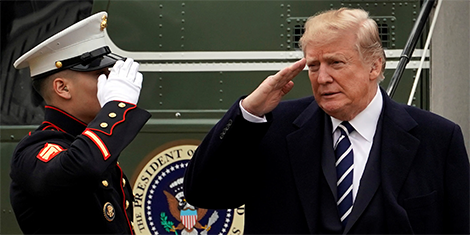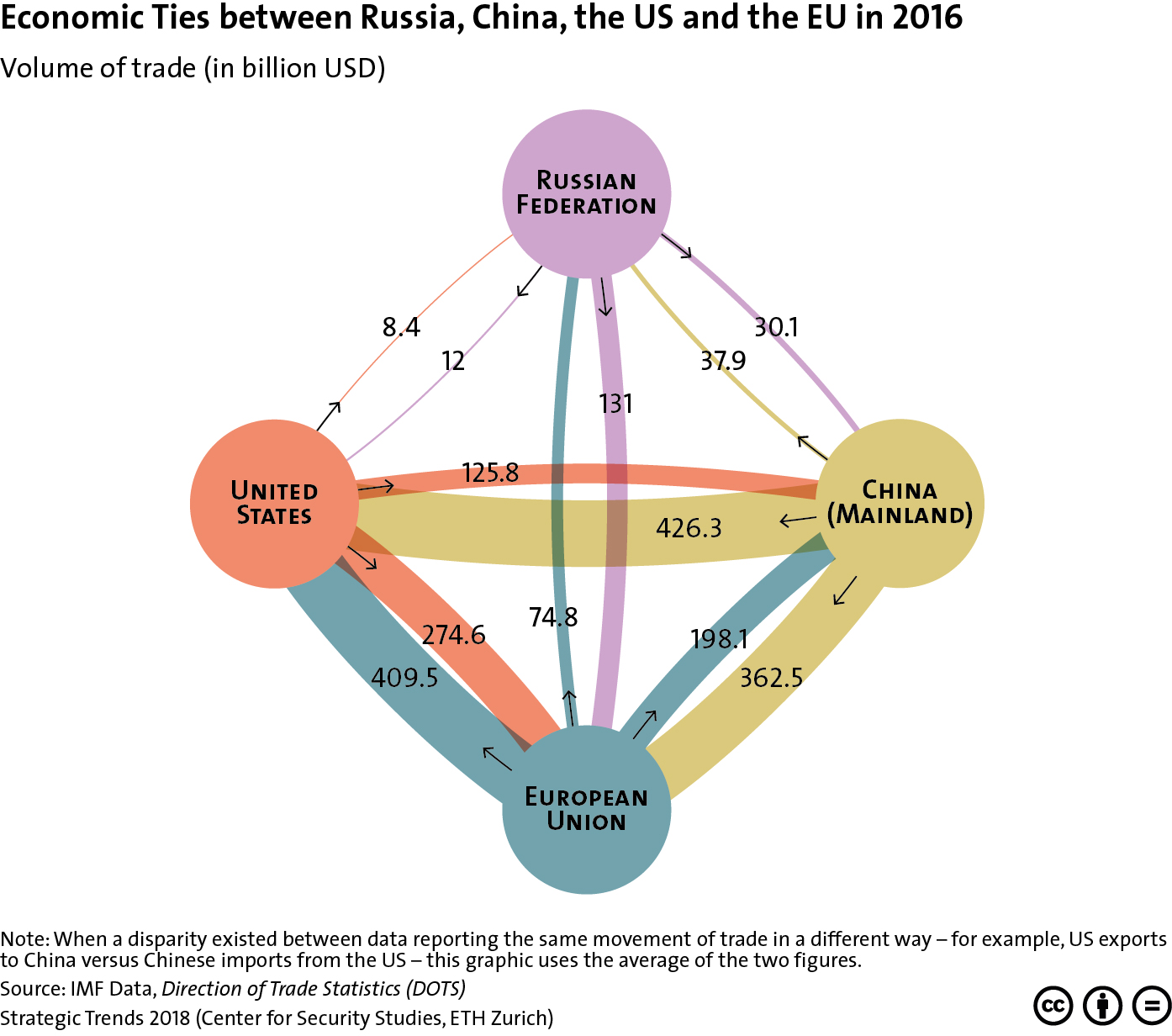
Strategic Trends 2018: The CSS has published its annual analysis of major developments in world affairs. The four topics covered include whether or not emerging trends suggest the US could become a less reliable partner for Europe; why Russia and China are likely to continue building closer relations; the potential impact of energy technologies on international politics; and how resilience can act as an instrument of deterrence.
CLICK HERE to download the publication.







